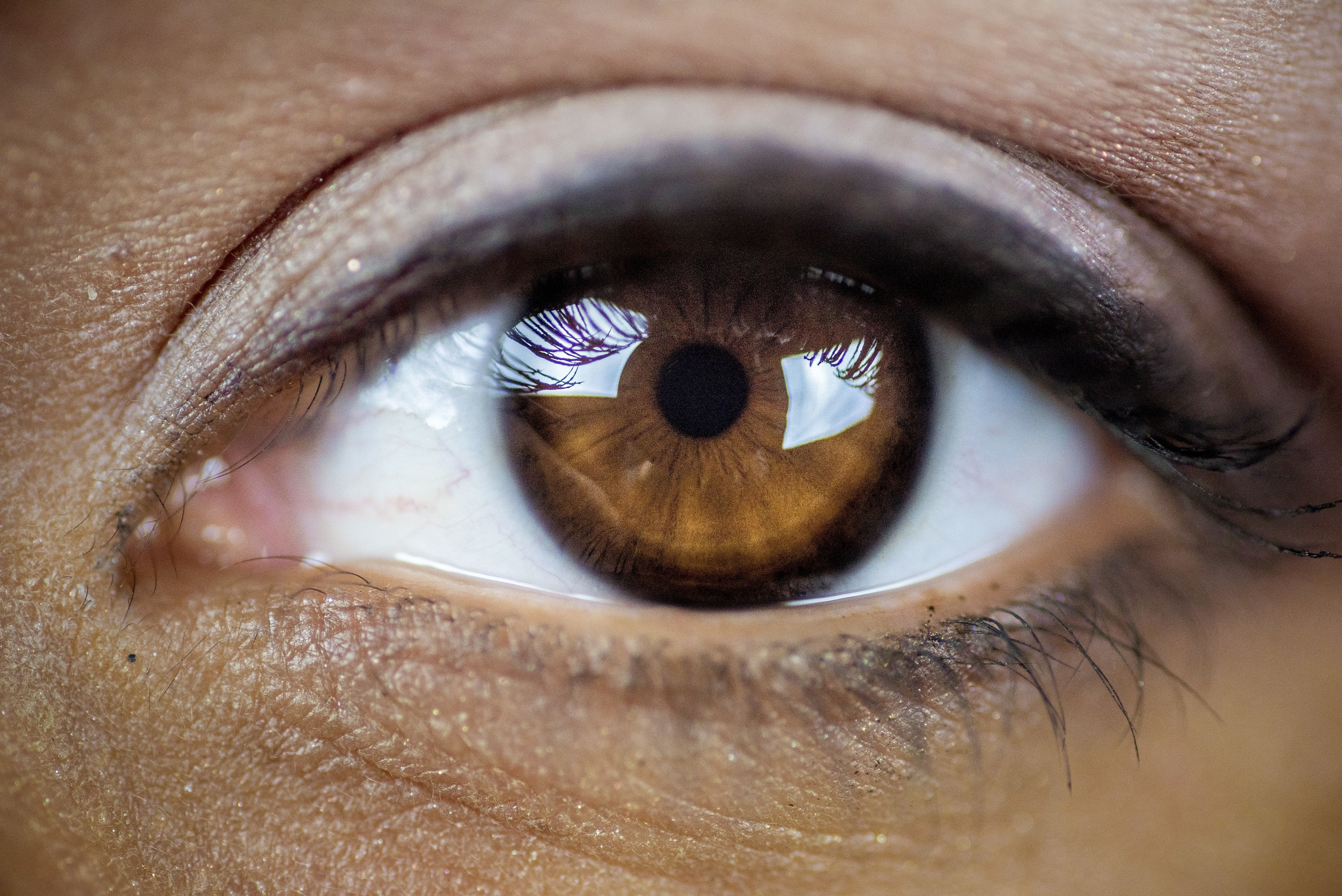Article
Sight Sciences releases results of two-year multicenter ROMEO study
Author(s):
According to the company, study results show sustained reductions in both IOP and glaucoma medication use in mild-moderate primary open angle glaucoma patients treated with a procedure enabled with the OMNI Surgical System technology.
The procedure intends to restore outflow by targeting all 3 known points of resistance in the aqueous outflow system: the trabecular meshwork, Schlemm's canal, and the collector channels. (Image courtesy of Adobe Stock)

Sight Sciences Inc. announced the publication of two-year results of the ROMEO study, the longest multicenter study of the OMNI Surgical System technology to date in both standalone and combination-cataract surgery.1
The company noted in a news release the study demonstrated that the significant reductions in IOP and medication usage observed at 12 months were also witnessed at 24 months. In addition, there were no serious or unanticipated adverse events during the length of the two-year study.
"This longer-term data set representing patients treated at multiple centers throughout the country both at the time of cataract surgery and as a standalone treatment should give eye surgeons even greater confidence about the safety and durability of efficacy of the OMNI Surgical System technology," Blake Williamson, MD, of The Williamson Eye Center in Baton Rouge, Louisiana, and a principal investigator of the study, said in the news release. "Knowing that OMNI maintains effectiveness through two-years, and beyond, is very reassuring, not only to me, but also to my patients."
According to the company, sites participating in this extension study accounted for 86 percent of eyes enrolled in the original ROMEO study from 7 multi-specialty ophthalmology practices in 6 states (Arkansas, California, Kansas, Louisiana, Missouri, and New York).
Patients with mild-moderate glaucoma received outflow restorative procedures enabled with the OMNI Surgical System technology either at the time of cataract surgery (n = 43) or as a standalone treatment (n = 29). Patients were divided into high baseline IOP (pre-operative IOP > 18 mmHg, n = 34) and low baseline IOP cohorts (pre-operative IOP ≤ 18 mmHg, n = 38). Average IOP in the high baseline IOP cohort fell 31% (from 21.9 mmHg to 15.2 mmHg) at two years, which included an average reduction of 28% among combination cataract patients (n = 17) and an average reduction of 33% among standalone patients (n = 17). The study also observed a 33% reduction in medication usage on average among all patients at 24 months.
"This newest two-year follow-up data from the ROMEO study demonstrates that restorative outflow procedures with our OMNI technology continue to provide consistent and long-term lowering of IOP and glaucoma medication use when performed at the time of cataract surgery and as a standalone treatment," Paul Badawi, co-founder and CEO of Sight Sciences, said in a news release. "We plan to share additional clinical data that will further illustrate the long-term benefits of our OMNI technology over the coming years."
The company noted its surgical system enables surgeons to provide minimally invasive, implant-free surgery to reduce IOP in adults with primary open-angle glaucoma. The procedure intends to restore outflow by targeting all 3 known points of resistance in the aqueous outflow system: the trabecular meshwork, Schlemm's canal, and the collector channels. It can be used before, in combination with, or following cataract surgery.
Reference
1. Williamson BK, Vold SD, Campbell A, Hirsch L, Selvadurai D, Aminlari AE, Cotliar J, Dickerson JE. Canaloplasty and Trabeculotomy with the OMNI System in Patients with Open-Angle Glaucoma: Two-Year Results from the ROMEO Study. Clin Ophthalmol. 2023 Apr 6;17:1057-1066. doi: 10.2147/OPTH.S407918. PMID: 37056792; PMCID: PMC10086214.
Newsletter
Don’t miss out—get Ophthalmology Times updates on the latest clinical advancements and expert interviews, straight to your inbox.




